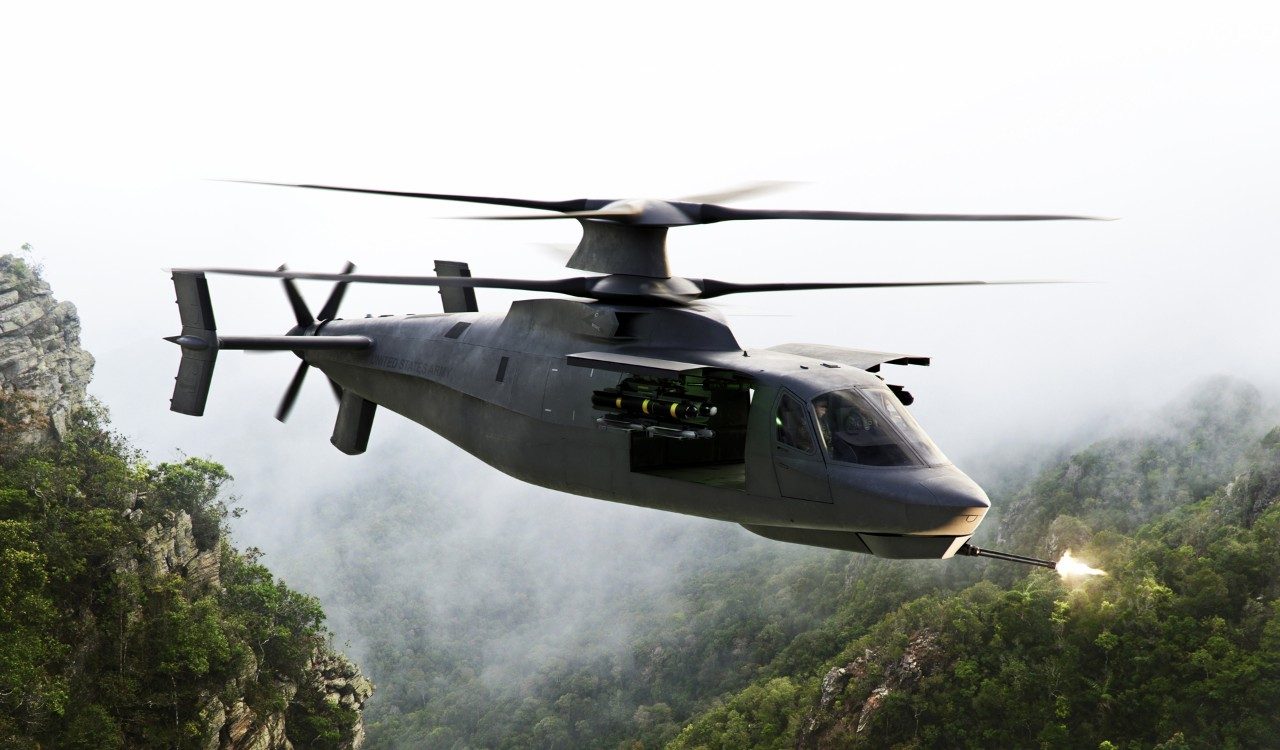Within six years of initiating it, the US Army has shelved the Future Attack Reconnaissance Aircraft (FARA) program to develop next-generation armed scout helicopters.
The announcement of abandoning the program, which cost the service $2 billion, was made on February 8, 2024. Army Chief of Staff General Randy George said, “We are learning from the battlefield – especially in Ukraine – that aerial reconnaissance has fundamentally changed.”
He further explained, “Sensors and weapons mounted on a variety of unmanned systems and in space are more ubiquitous, further reaching, and more inexpensive than ever before.”
The Army announced it would expand its expenditure on uncrewed aircraft following a “sober assessment of the modern battlefield.”
The decision has been taken despite the service betting big on the program which was launched as far back as 2018. Two contenders were in the fray for the FARA contract, including Sikorsky’s Raider X and Bell’s 360 Invictus.
The prototypes of the helicopter produced by Sikorsky and Bell were anticipated to fly sometime in 2024 until the announcement by the service changed everything.
In a statement after the announcement, Sikorsky claimed that their FARA program-designed X2 aircraft provided “speed, range, and agility that no other helicopter in the world can match.
“We remain confident in X2 aircraft for U.S. and international mission needs now and in the future,” Sikorsky said. “We are disappointed in this decision and will await a U.S. Army debrief to better understand its choice.”

The announcement has surprised many since budget documents revealed that the service was reportedly seeking an additional $5 billion for funding the program in the next five years. Some have gone so far as to say that this may be the biggest abandonment of a military program in over a decade.
Before the announcement, Army officers briefed a small group of reporters on the rationale behind abolishing FARA: it reflects the nature of battle in the modern day. Although several US service officials have iterated that they need to produce attritable aircraft and drones for reconnaissance as well as combat, the shelving of a very ambitious and promising helicopter has come as a surprise.
The Ukraine war saw a massive loss of helicopters on both sides. Both Russian and Ukrainian forces have deployed tactics centered on keeping military choppers as safe as possible.
Also, the Ukraine war has brought attention to both the perils and the utility of different drone classes in combat. Even before Russia launched its full-scale invasion, the Army was eager to acquire a variety of advanced aerial drones, including air-launched models that can function as networked swarms.
Since its main adversary is China, a very well-defended state, there has been contemplation of using cheap drones to exhaust its A2/AD capability.
Army Futures Command Gen. James Rainey stated that although the Army still needs a capability similar to FARA, the service does not intend to begin another manned Kiowa replacement project as it has in the past.
Instead, it will allocate resources elsewhere, particularly in the unmanned domain, to enable the Kiowa to perform the function of an armed scout leading other units in combat zones.
FARA was looking for a new helicopter to replace the AH-64 Apaches that were allocated to certain units when the OH-58D Kiowa Warrior reconnaissance aircraft was decommissioned. Ironically, the Apaches were also deployed in that capacity after years of fruitless attempts to obtain a direct successor for the OH-58D.
A Moment Of Reckoning In The US Army
The Army is currently referring to the abandonment of FARA as the Aviation Investment Rebalance. As part of this strategy, the service says it will postpone manufacturing the General Electric T901 turboshaft engine, developed under the Improved Turbine Engine Program (ITEP) and closely associated with FARA.
In fact, with the FARA now flying out of the window permanently, the integration of T901s turboshaft engines onto the UH-60 Black Hawk utility helicopters and AH-64 Apache assault helicopters, which are currently in service, will be the primary focus of the US Army.
In keeping with its new aviation strategy, the Army intends to purchase more UH-60Ms from manufacturers rather than converting its older UH-60 Black Hawks to the V configuration.
The US Army said it would work to get the better Block II CH-47F Chinook large transport helicopters ultimately put into service. According to the Army, both decisions were motivated primarily to strengthen the related industrial foundation for the UH-60 and CH-47 series.
Additionally, the Army plans to sell off all of its remaining RQ-11 Raven and RQ-7 Shadow drones. In return, the Army will “increase investments in research and development to expand and accelerate the Army’s unmanned aerial reconnaissance capability, including future tactical unmanned aerial systems and launched effects.”
Despite all this, the biggest upheaval is still early attributable to the cancellation of FARA. However, when the news broke out, several military enthusiasts and watchers cheered for the decision, calling for more cutting or corners in the manned fleet area in favor of the unmanned platforms.
A second helicopter development program called ‘Future Long Range Assault Aircraft’ is still very much on the table. The two contenders in the FLRAA contest floated to replace the Black Hawk helicopters were the tilt-rotor Bell V-280 Valor and the coaxial rotor Sikorsky and Boeing Defiant X. However, the Bell V-280 Valor emerged victorious in December 2022.
The said acquisition would reportedly be the largest helicopter purchase by the service in 40 years.
- Contact the author at sakshi.tiwari9555 (at) gmail.com
- Follow EurAsian Times on Google News